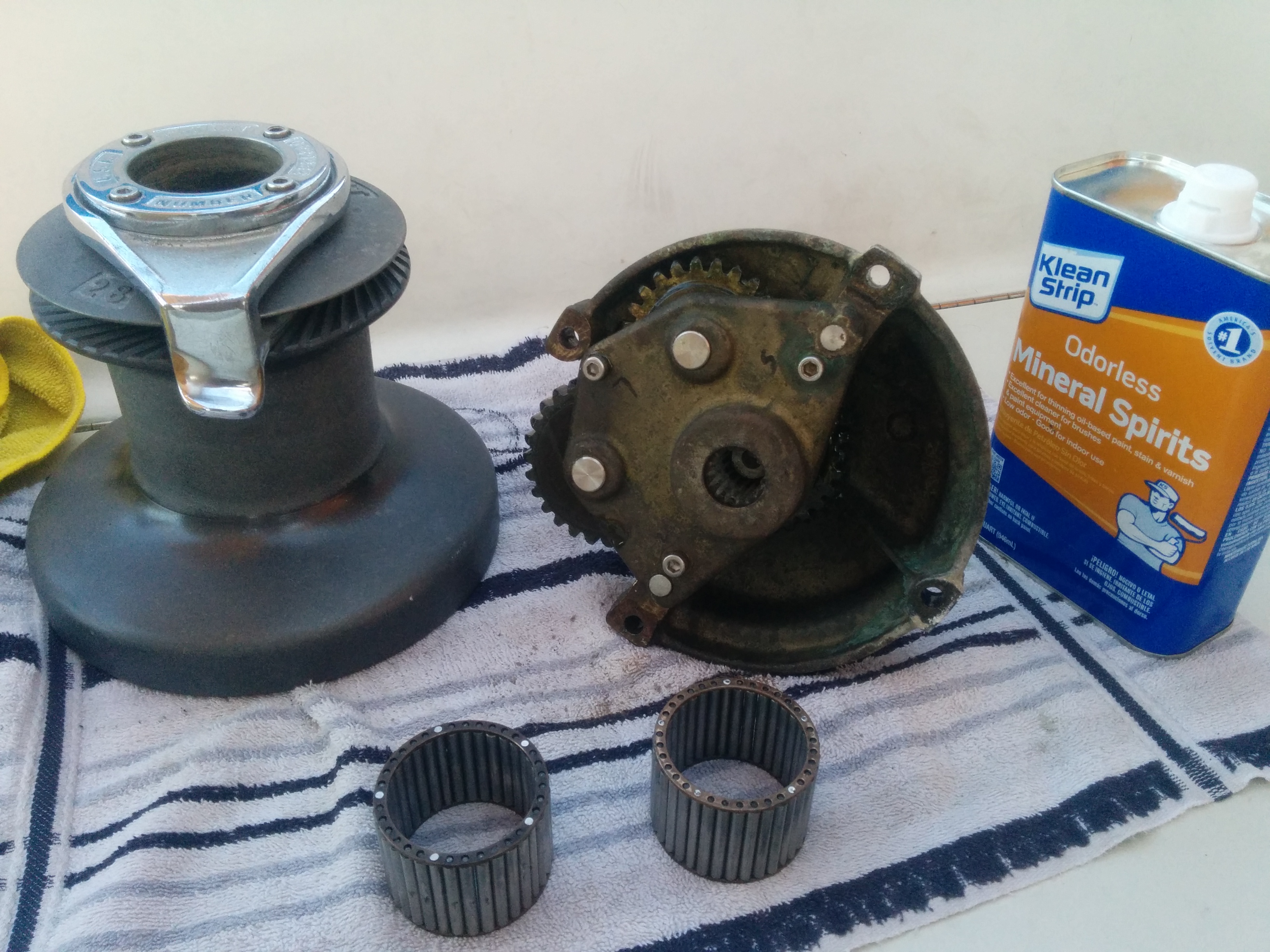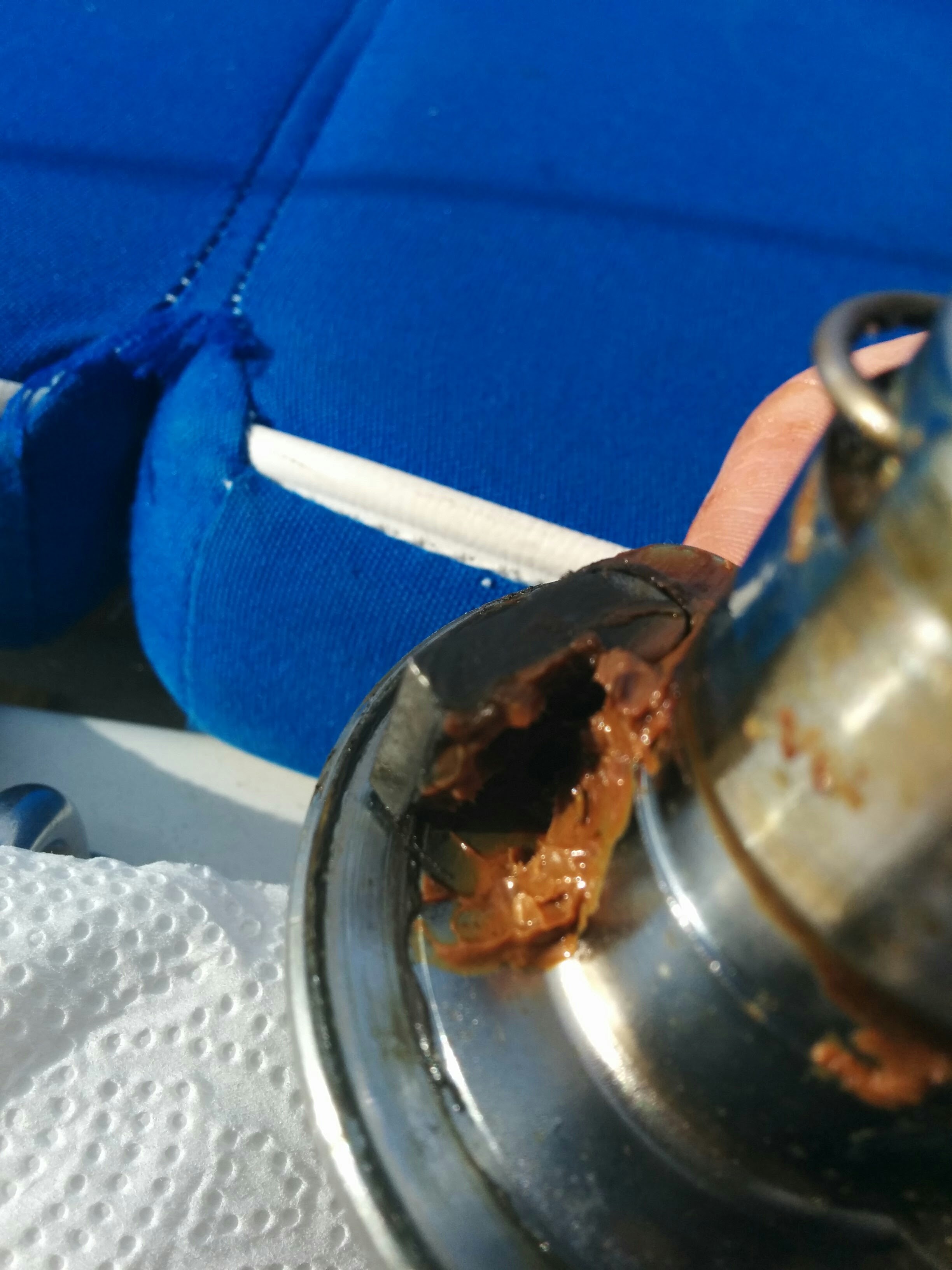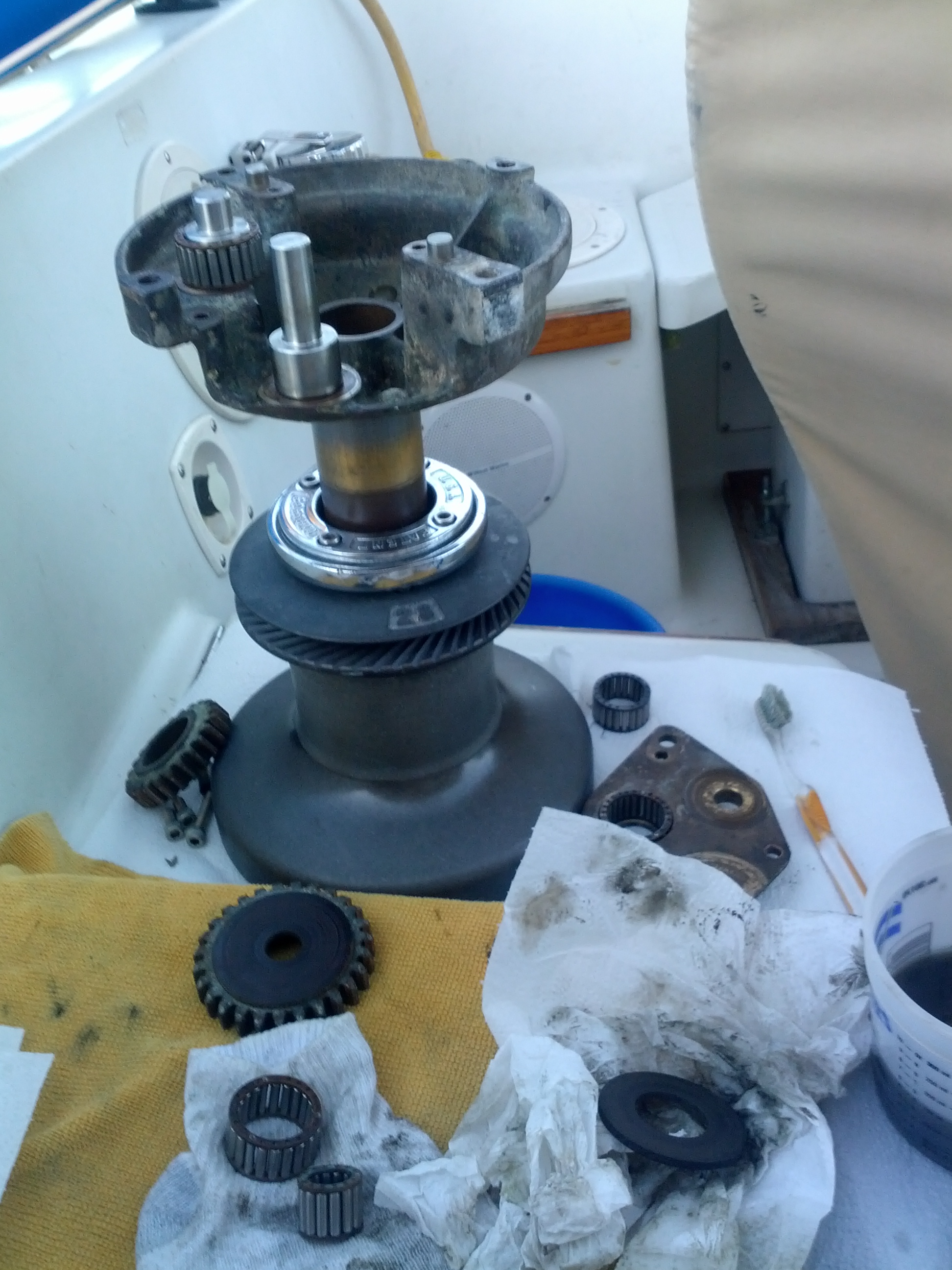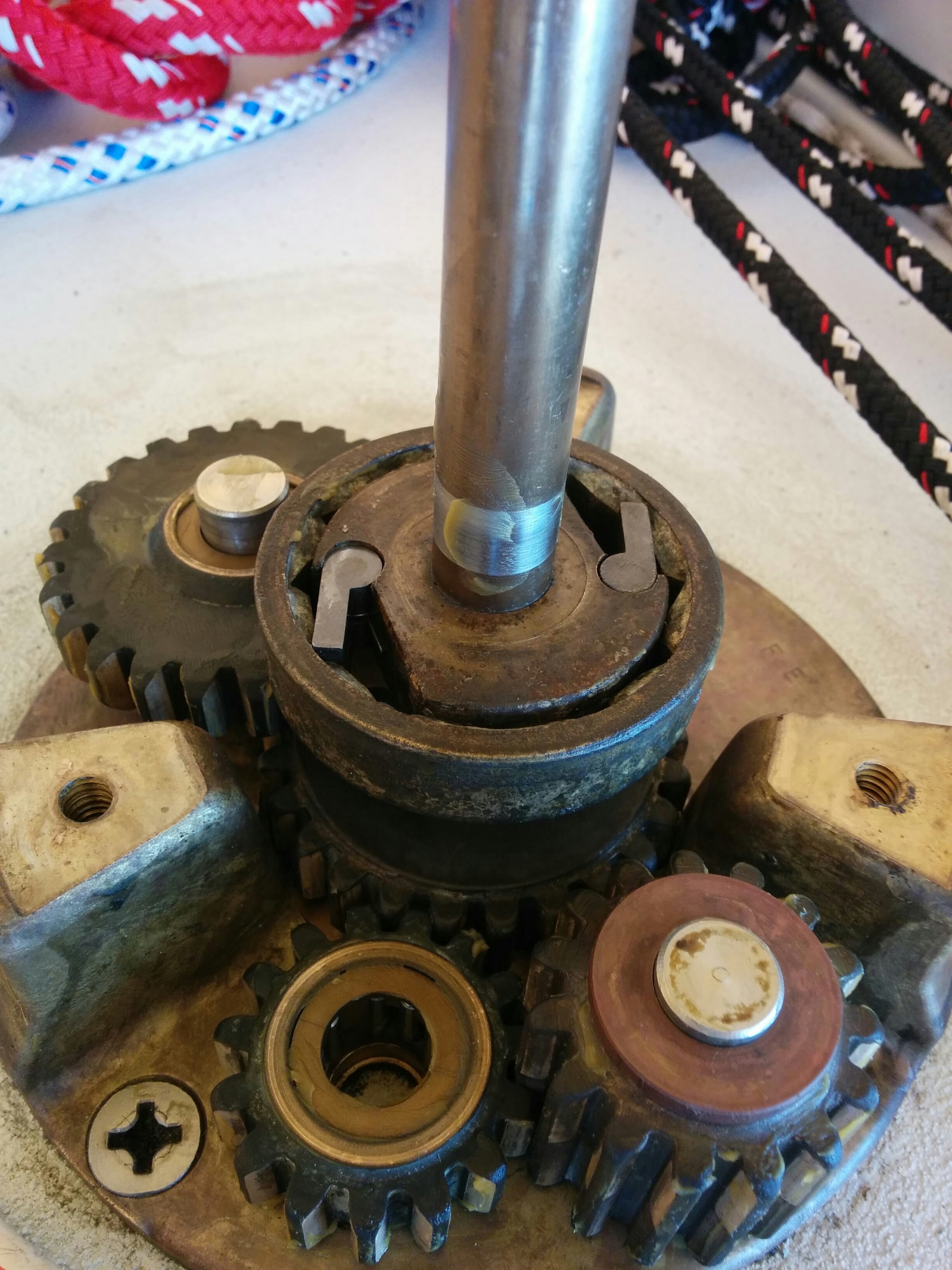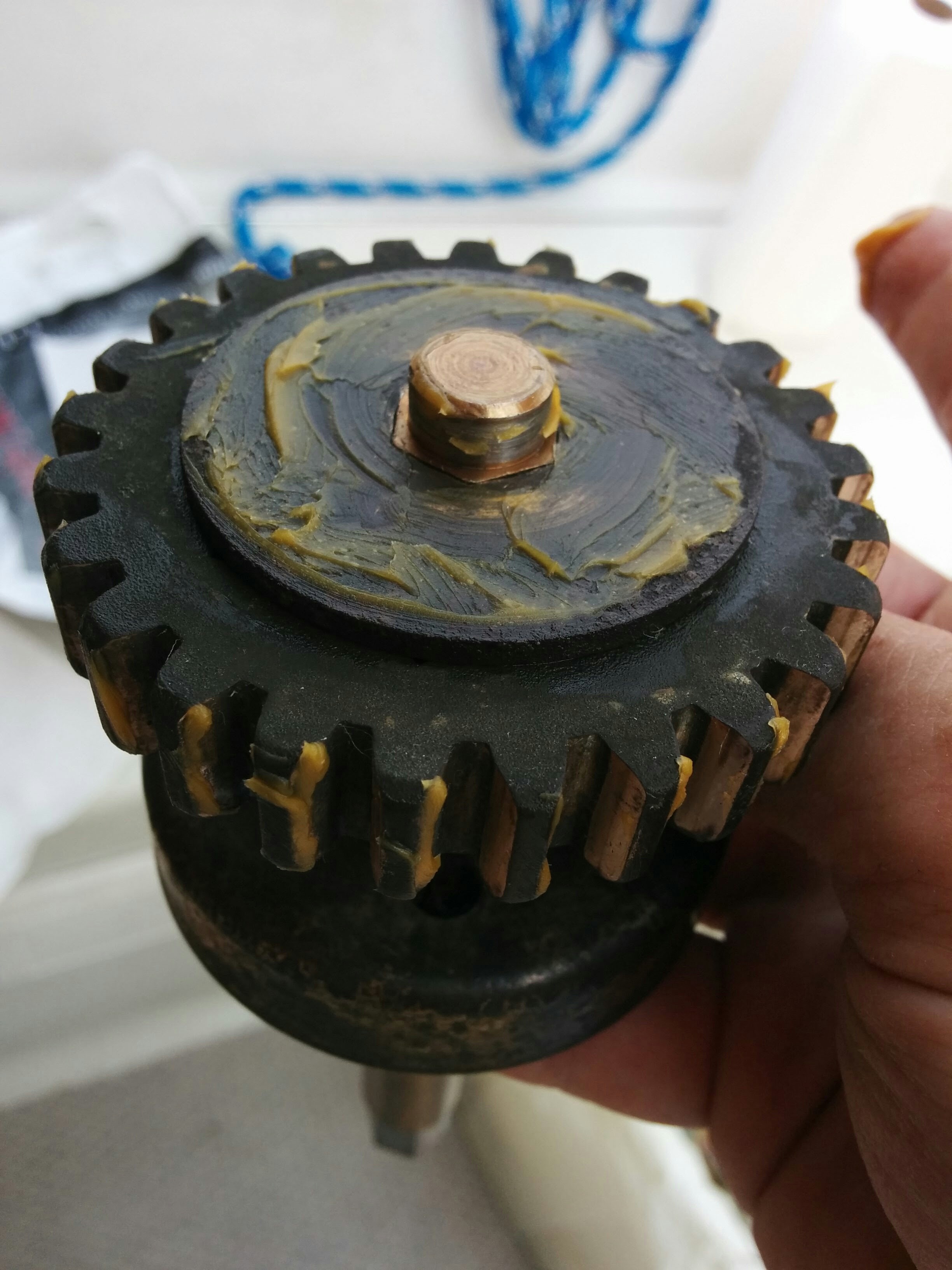Sailing is like a drug.
After a weekend sailing trip I feel like I need to be checked into rehab – going back to work on Monday is really hard. I sort of sink into a minor funk for a day or two, almost what I imagine it’d feel like to be depressed. I daydream – reliving the adventures and challenges of the weekend. I spend my time looking forward to the next chance I’ll have to get out onto the water.
After our month long Vancouver Island cruise, it was really hard reintegrating back into normal life. This is common amongst cruisers, especially those who travel for years before returning to land life. But we had been gone only a month – yet that was enough.
How Cruising Differs From Land Life
One of the big reasons I realized is that boat life is a forced state of relaxation. Although you have some work to do every day, and things may break causing additional challenges, the number of demands for your attention are much smaller.
In our shore life, we have work 8-9 hours a day, commuting, Internet, news to read, bike rides to go on, friends’ events to go to (birthdays, baby showers, weddings, etc), new restaurants to try out, happy hours to hit up, breweries to visit, movies and TV shows to catch up on, family events, holiday parties, and of course all the normal chores of life (laundry, cleaning, etc).
Not all of those things are necessary, but all of them are competing for our time and presenting an overwhelming array of decisions.
On the boat, most of those things were out of the picture. We could cook meals, read a book, go for a dinghy ride, go for a hike, or do basic boat tasks. Our boat life is intentionally simple. No Internet, no TV, and a low-ish number of marina stays (where it’s easy to get sucked back into land life).
Outdoor vs Indoor Lifestyles
When you live from a boat, all of your experience is taking place in the outdoors – often surrounded by amazing natural beauty and constantly changing weather. While in land life, most people who have office jobs spend nearly all of their time indoors.
There’s something that feels incredibly unnatural about sitting indoors all day when it’s a beautiful sunny day out. We don’t even realize how distinctly painful it is to sit in a cubicle all day because we’ve been slowly conditioned into it. Like a lobster slowly boiled in a pot. But this is a 21st century, first world problem kind of thing. What can you do about it? Not much, if you still want to work a traditional information age job.
Dealing with Sailing Withdrawal
When I’m in sailing withdrawal I dive into CruisersForum and sailing publications (like our local ThreeSheetsNW), reading articles to vicariously live out other people’s sailing adventures. Or work on boat projects. Or just get out on the boat again asap. But schedules are tough, and none of these things are ever quite good enough.
How do you deal with sailing withdrawal?

